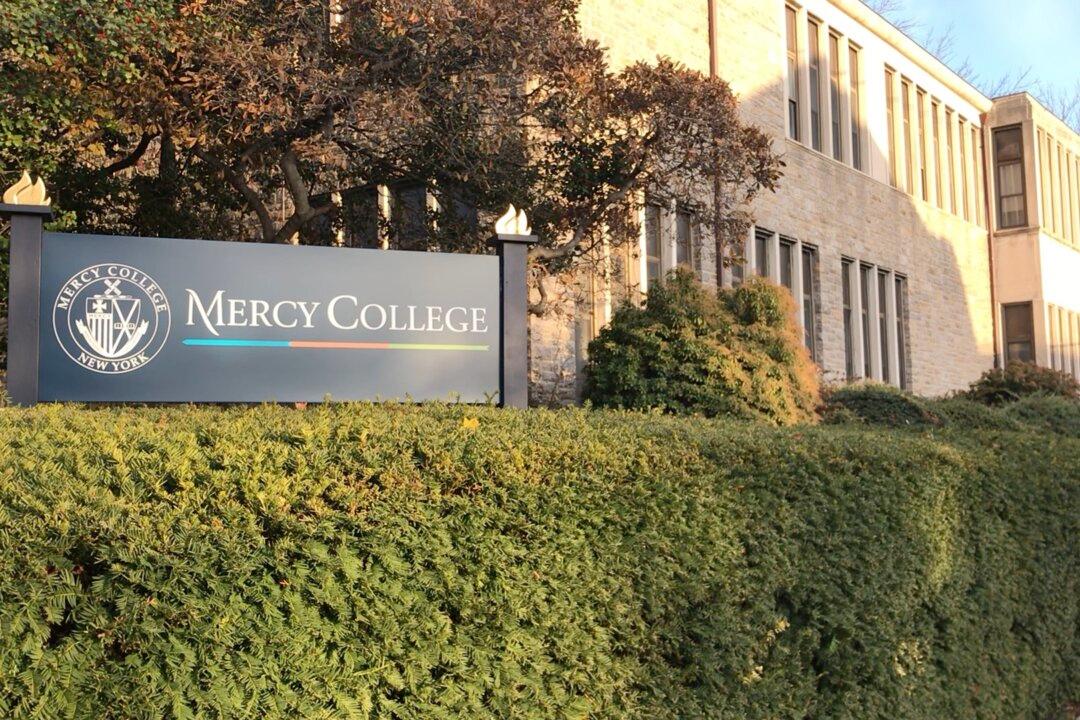NEW YORK—Sometimes you have to hit bottom before you can push yourself up to new heights.
Imagine standing in line at the bank hoping to prevent the foreclosure of your house, and in that desperate moment you meet your greatest hope. A business tycoon sitting next to you just so happens to be looking for someone of your skill set. He offers you a job better than any you’ve had in your life.





